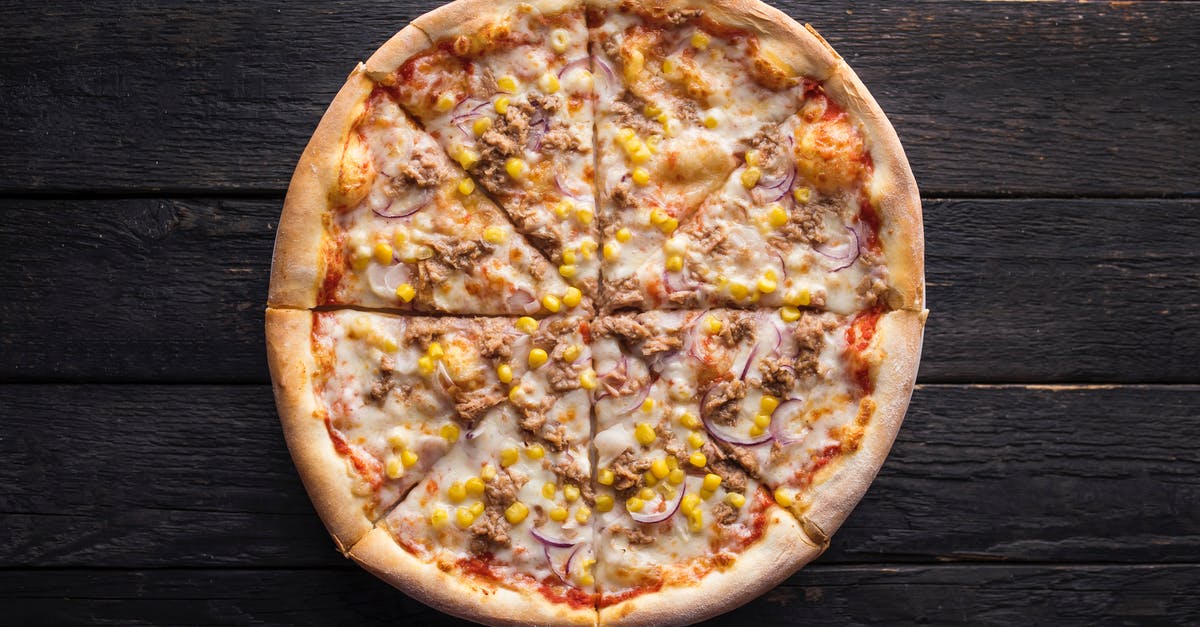Why don't other grain proteins behave like gluten?

There are many excellent explanations here (and elsewhere) of what gluten "does."
What I haven't seen anywhere is an explanation of what makes gluten so special. Where do its marvelous elastic properties come from and why don't any other grain proteins (or any other proteins anywhere, for that matter) seem to have them?
Best Answer
Your question has two main parts, what's elastic about gluten, and why don't other plants have this unicorn we call a gluten protein. I'll provide some background info first, but feel free to skip ahead to the spoilers if you like.
Quick and dirty background on proteins...
All proteins (like gluten) are made of differing sequences, and number of about 20 or so basic amino acids(glutamine, lysine, cysteine, arginine, isoleucine, just to name a few). So when we talk about large proteins like gluten, it's sometimes hard to remember that chemically, we are talking about many-many amino acid (AA) molecules which link together. The way the AA's link together matters because, the chemical interactions create the overall larger shape, and helps determine the physical properties of the final protein.
If I didn't put you to sleep, or you want to geek-out on this stuff: resources regarding the secondary(bonding between AA's which creates alpha-helices and beta-pleated sheets), tertiary (AA side chain interactions and AA's backbone), and quaternary (3D) structures of proteins, pubmed is where you need to go.
Glutens and what they are:
Gluten is the main storage form of proteins in wheat. Gluten itself is a fusion of glutenin and gliadin protein units which belong to the prolamin superfamily(prolamines are cool, look them up).
Gluten subunits fall into three broad categories:
- High molecular weight (HMW) prolamines, (glutenin subunits) approximately 6-10% of protein
- Sulfur-rich prolamins (approximately 70-80% of protein) which include: gamma-gliadins, alpha-gliadins, and the B- and C-type low molecular weight (LMW) subunits of glutenin
- Sulfur-poor prolamins (approximately 10-20% of protein) include: v-gliadins, and D-type LMW subunits of glutenin
Variances in the spread of these proteins contribute to the way wheat varietals are utilized commercially(like winter or summer wheats...you have seen the variations available to buy on store shelves). The composition of gluten protein in whatever wheat strain that's being used translates into differing physical properties(elasticity, density, etc) in the dough it makes.
Where do the elastic properties come from?
Elastic properties in gluten come from the way the components of the protein matrix interact with water. The gluten proteins react with water in ways that other storage forms of protein cannot, namely in the swelling/hydration bit. There are two things going on at the same time. The gliadin sections of the gluten protein contribute to the friction with which the hydrating liquid is able to move around in and near the protein matrices(viscocity). The glutenin portion of the molecule is responsible for the elasticity or strength of the protein matrix. Glutenin seems to undergo reversible (not as common as you'd hope) stretching because of the way it is folded.
Why don't any other grain proteins seem to have gluten?
I would like to point out this is more of a plant physiology/phylogeny question rather than one related to cooking.
They just don't have what it takes.
The way different plants create the storage form of their proteins is determined by their specific DNA sequences within the genome. AA Structure, order(N-C terminus) and final shape of the proteins created by the plant are a result of the transcription, translation and post-translational modifications of DNA sequences in the plant.
References for those that want them:(I did try to find free online ones)
Cereal seed storage proteins: structures, properties and role in grain utilization http://jxb.oxfordjournals.org/content/53/370/947.full.pdf+html
Wheat Gluten Functionality as a Quality Determinant in Cereal-Based Food Products Annual Review of Food Science and Technology Vol. 3: 469-492 (Volume publication date April 2012) DOI: 10.1146/annurev-food-022811-101303
Distribution of gluten proteins in bread wheat (Triticum aestivum) grain http://aob.oxfordjournals.org/content/108/1/23.abstract
The formation and properties of wheat flour doughs http://dx.doi.org/10.1080/10408399009527517
Wheat Protein Composition and Properties of Wheat Glutenin in Relation to Breadmaking Functionality http://dx.doi.org/10.1080/10408690290825510
Pictures about "Why don't other grain proteins behave like gluten?"



What proteins are like gluten?
Similar storage proteins exist as secalin in rye, hordein in barley, and avenins in oats and are collectively referred to as "gluten." The objective was to discuss the biochemical and functional properties of the gluten proteins, including structure, sources, and dietary intakes.Do all grains contain gluten?
Gluten is the name for the protein in grains. All grains contain protein that is theoretically gluten but people with celiac disease and most other gluten allergies only react to the form of gluten found in wheat (including spelt, kamut, triticale and all varieties of wheat), barley, and rye.What grain does not contain gluten?
While some grains contain gluten, there are a number of naturally gluten-free grains that those following a gluten-free diet can enjoy. These include oats, quinoa, brown rice, corn, millet, amaranth, teff, and buckwheat.Do oats mimic gluten?
Additionally, studies have also shown that the actual gluten in oats can create an inflammatory reaction in people with gluten sensitivity. Millet \u2013 Contains a type of gluten protein called panicin. Sorghum \u2013 Contains a type of gluten protein called kafirin.Sources: Stack Exchange - This article follows the attribution requirements of Stack Exchange and is licensed under CC BY-SA 3.0.
Images: William Fortunato, Ketut Subiyanto, Uriel Mont, Piotr Arnoldes
